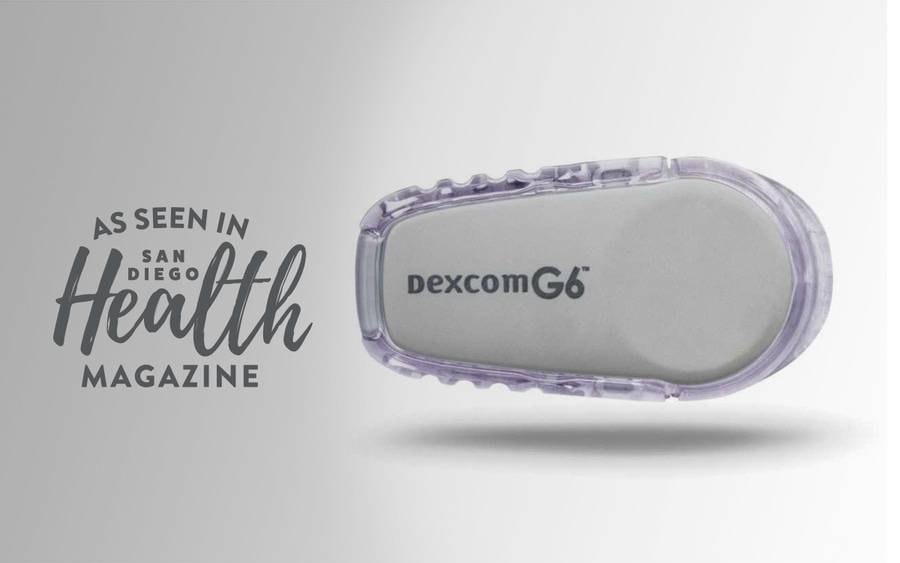Scripps Leading New Diabetes Technology Study
Scripps is enrolling patients in a study of continuous glucose monitoring technology

Scripps is enrolling patients in a study of continuous glucose monitoring technology
For patients like Rodney Billingsley, whose multiple comorbidities make continuous glucose management key to maintaining his overall health the technology offered by continuous glucose monitoring (CGM) systems is invaluable to controlling his chronic condition.
An alternative to traditional finger-stick testing for blood sugar levels, CGM uses a sensor placed below the skin to read insulin levels and transmit the data to the patient’s phone for real-time feedback.
Why is glucose monitoring important?
“With CGM, patients like Rodney can see the immediate effect of insulin on their body,” says Athena Philis-Tsimikas, MD, medical director of the Scripps Whittier Diabetes Institute and Scripps Clinic endocrinologist.
“Getting that immediate feedback can help him see the highs and lows and make adjustments – whether that’s changing up his medication, adjusting his diet or going out on a walk. This allows patients to watch the rates of increase or decline, allowing them to treat whatever is going on more quickly. It’s hard to describe how valuable it is.”
What Scripps is doing to advance diabetes care
CGM has proven to be so valuable that Scripps Whittier Diabetes Institute was awarded a $3.1 million grant from the National Institutes of Health to begin a new study on the use of CGM in hospitalized patients, in the hope of better controlling their blood sugar during their hospital stay. This study will build upon previous Scripps Whittier research on the use of CGM on patients with diabetes hospitalized during the pandemic.
The study, which will begin this year, will seek to enroll 554 patients with type 2 diabetes at Scripps Mercy Hospital Chula Vista. It’ll be the largest study of its kind to date, and researchers at Scripps Whittier hope its results will help reduce the risks of uncontrolled blood sugar in the hospital environment (which include hospital-acquired infection, neurological and cardiac complications, death, longer lengths of stay, readmissions, and higher health care costs).
“Our new study gives us the opportunity to test CGM in the acute-care setting under rigorous, gold-standard research conditions,” says Addie Fortmann, PhD, senior director of research and development at Scripps and the study’s co-principal investigator. “The data we gather will greatly expand our understanding of the safety, effectiveness, and value of using this technology to improve the care and outcomes of hospitalized patients with diabetes.”

This content appeared in San Diego Health, a publication in partnership between Scripps and San Diego Magazine that celebrates the healthy spirit of San Diego.